Optimal Timing for Drainage Service
Proper timing of drainage service can significantly impact its effectiveness and longevity. Scheduling during periods of low rainfall ensures that drainage systems are not overwhelmed and allows for thorough inspection and maintenance. Typically, late summer and early fall are ideal times, as weather conditions are more predictable and dry.
Spring is a good time to address drainage issues after winter, as snowmelt and rain can cause blockages and pooling.
Mid to late summer offers dry conditions suitable for thorough drainage system checks and repairs.
Preparing drainage systems for winter involves clearing debris and ensuring proper flow before cold weather sets in.
Drainage service during winter is less common due to frozen ground, but preventative measures can be taken to avoid issues in spring.
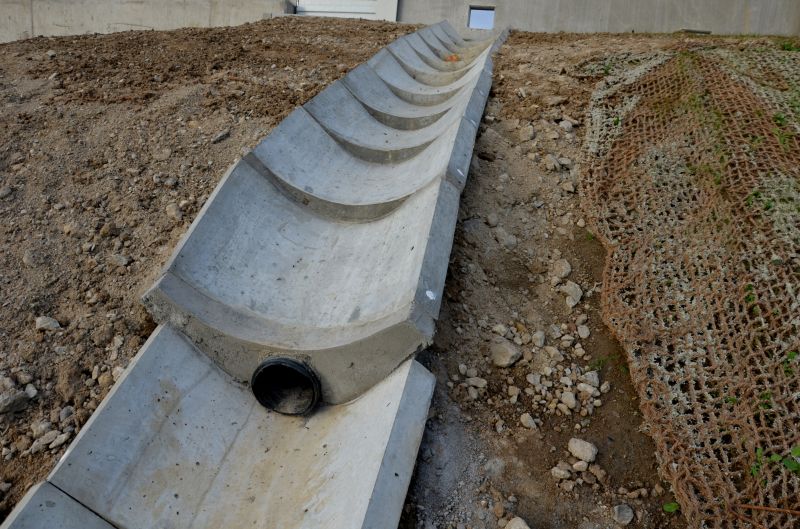
Visual assessment of drainage infrastructure during dry seasons.

Removing leaves and blockages from drains and gutters.
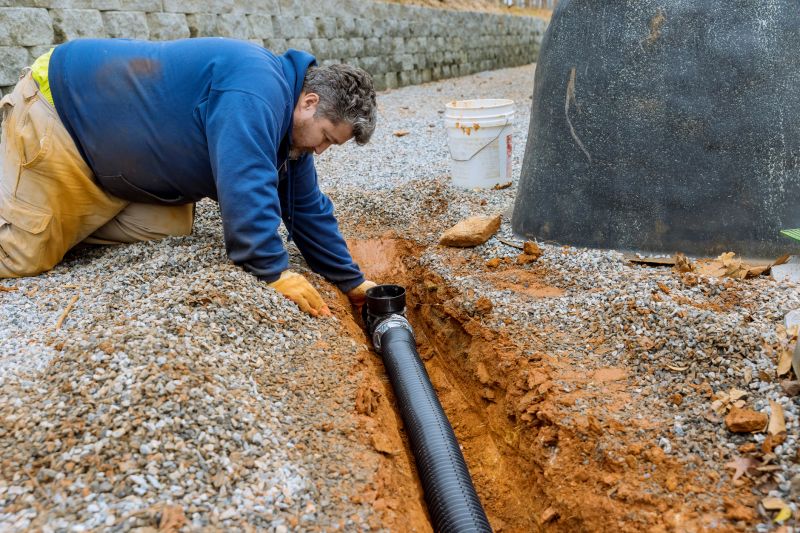
Fixing cracks and leaks in drainage pipes.

Scheduled checks to prevent future drainage problems.
| Season | Recommended Drainage Service Activities |
|---|---|
| Spring | Inspect and clear drains after winter buildup. |
| Summer | Perform routine inspections and repairs. |
| Fall | Clean gutters and prepare drainage for winter. |
| Winter | Minimal activity; focus on preventative measures. |
| Late Summer/Early Fall | Optimal period for comprehensive maintenance. |
Statistics indicate that effective drainage management can reduce property damage costs by up to 30 percent. Properly timed service ensures systems operate efficiently, minimizing the risk of backups and flooding. It is advisable to schedule drainage maintenance during dry periods to facilitate comprehensive inspections and repairs without weather-related disruptions.
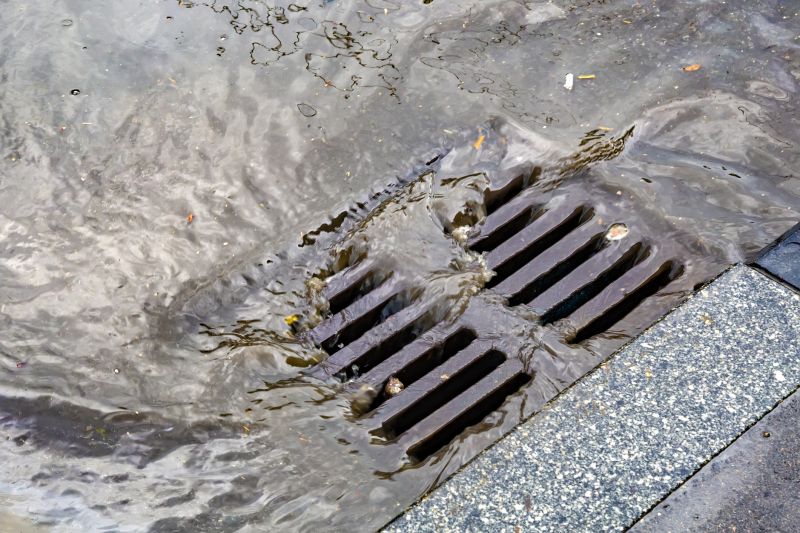
Overview of pipes, catch basins, and channels.
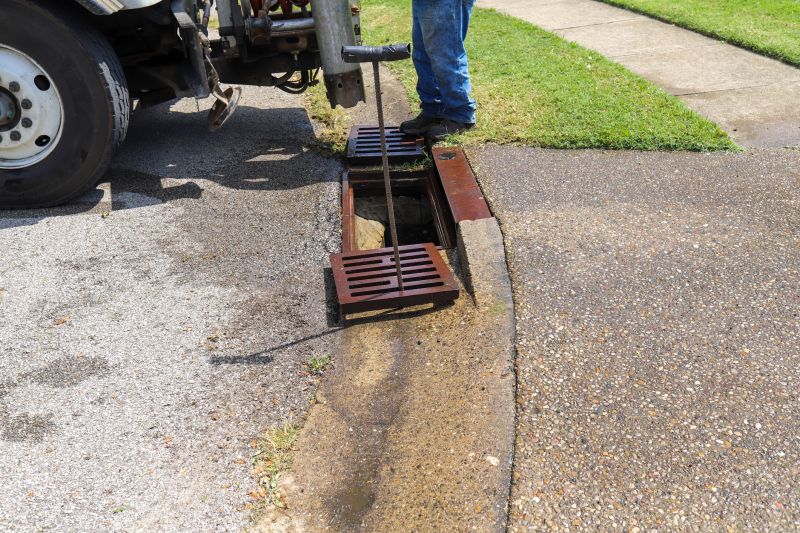
Using specialized tools to clear obstructions.
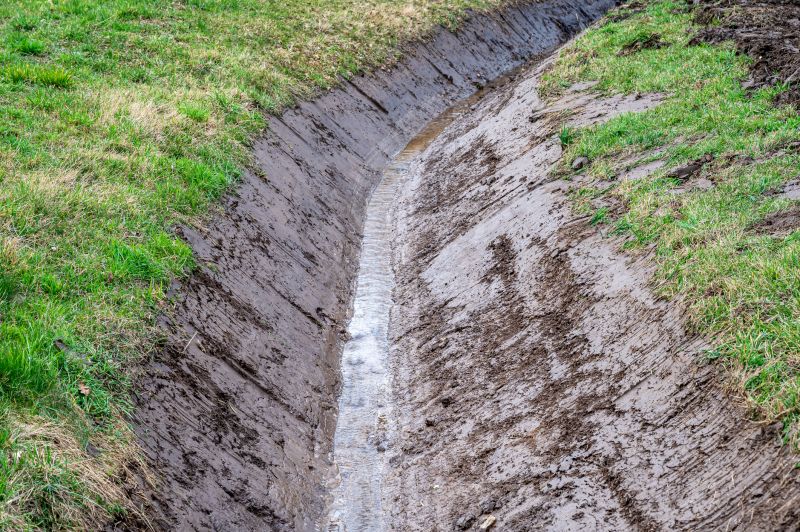
Ensuring proper grading for water flow.
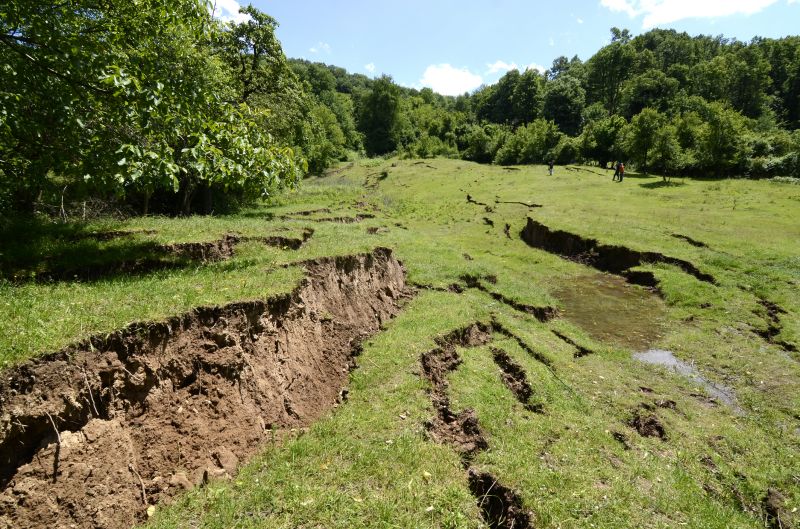
Implementing measures to prevent soil loss.
Interested in scheduling drainage service? Filling out the contact form provides an opportunity to discuss specific needs and plan maintenance during the most suitable time for property protection and system longevity.

